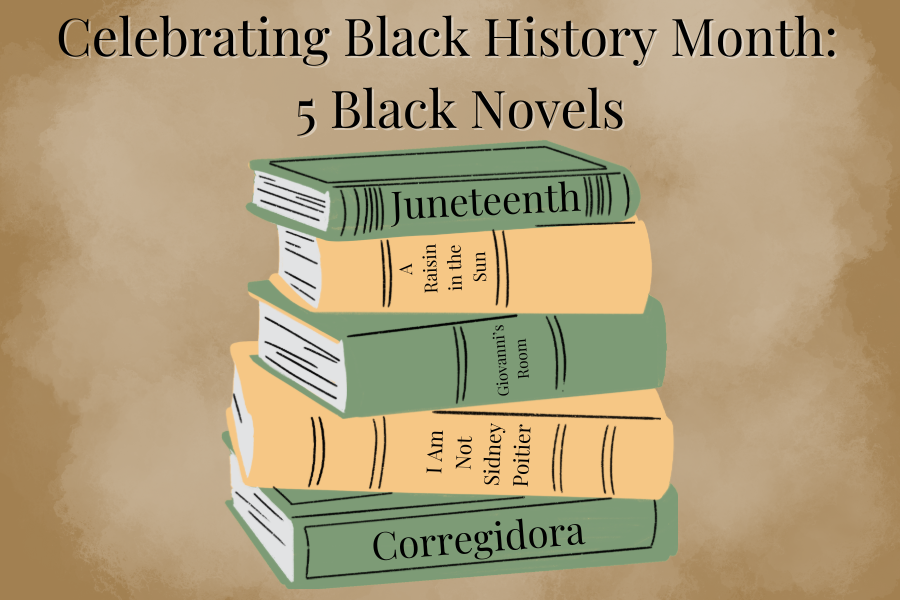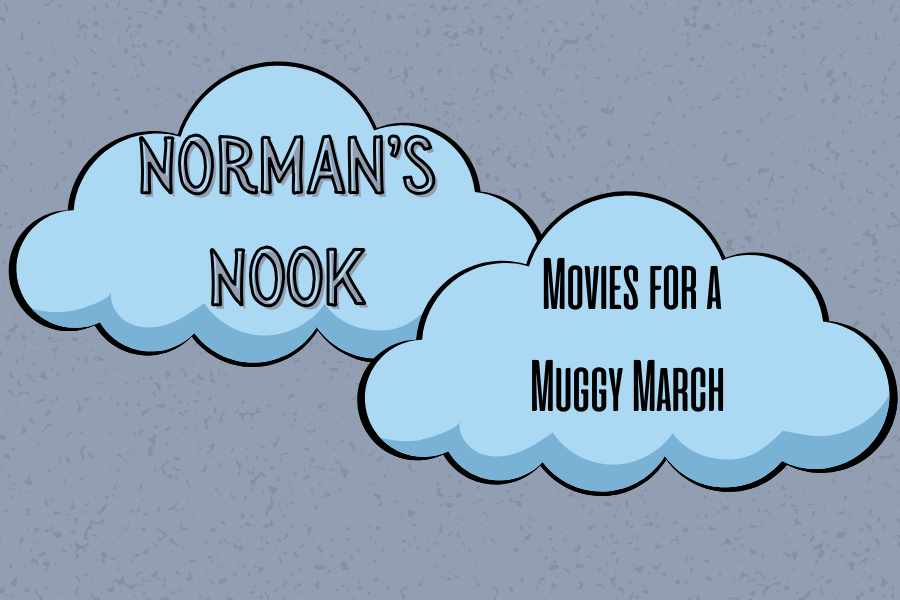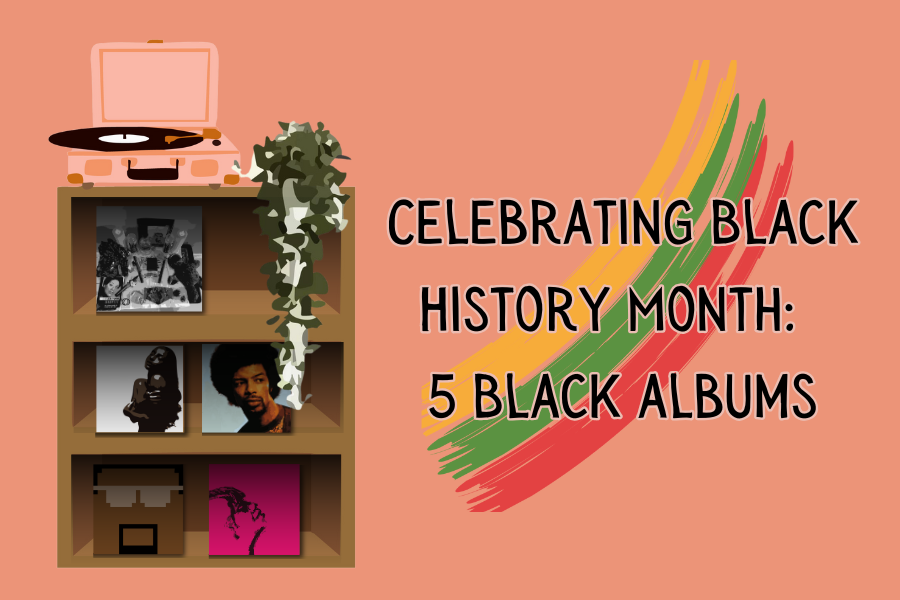In this final installment of my Celebrating Black History Month series, I wanted to provide the most important, unique and lesser-known novels I’ve read for you all because Black literature at large is so often under-appreciated, misinterpreted and overlooked. In the following five novels, I hope you, the reader, feel the emotions and weight I feel for them and decide to borrow one from the library. If such a thing can happen, I believe we won’t ever have to worry about Black History Month’s presence in our lives, let alone our world.
“Juneteenth” (1999)
With his second and final novel, Ralph Ellison wished to capture all of the meaning that could be contained within its title, “Juneteenth.” A day of remembrance, for all things that have passed, all things that will come to pass and of every untreated wound on our nation’s spiritual soil. To express this complex, duplicitous relationship America has with its Black citizens, Ellison created the characters of Daddy Hickman and Bliss.
Adopted by Black Southern Baptist Reverend ‘Daddy’ Hickman, young, abandoned and white Bliss begins training as the greatest preacher the South has ever seen. Yet the novel begins decades later, with Bliss as a racist senator giving an incredibly offensive speech, only to be shot in the chest. Lucidly traveling between eras and perspectives, “Juneteenth”’s narrative is Faulknerian in many ways, but the experience of reading such a story is, truthfully, indescribable.
And, like America, “Juneteenth” is endlessly balanced between the past and the present, asking readers to parse from the story what we owe to our fellow human beings, as well as how powerful such connections can be.
“A Raisin in the Sun” (1959)
One of the most iconic plays in American history (and not technically a novel), “A Raisin in the Sun” put Black life on the stage under an empathetic, emotionally charged scope. The characters of Walter Lee, Lena, Beneatha and Ruth Younger are as fleshed out and real as one could possibly expect from a stage, imbued with equal parts experience-based cynicism and overwhelming familial value and connection.
While “Native Son” by Richard Wright has been hailed as the ground-breaking “Black novel” of the early to mid 20th century, this reviewer believes “A Raisin in the Sun” is every bit as progressive, revealing and beautifully written as the former. Viewing the Youngers in their low-income housing, facing racist housing discrimination, this play leaves little to the imagination as far as social conditions and historical truth go. This leaves plenty of room for the reader’s imagination regarding the psyches of the Youngers, hopelessly thrashing against the box they’ve been societally put in.
“A Raisin in the Sun” is essential American literature and remains as unfailingly heartfelt as when it was published 65 years ago.
“Giovanni’s Room” (1956)
When “Giovanni’s Room” was published in 1956, James Baldwin faced harsh criticism for being a Black man with the gall to write a story about two white men’s love affair in Paris. As a Black writer, made famous from his debut novel mythologizing Black religious life, “Go Tell It on the Mountain”, he was expected by all to continue focusing his literary lens upon his own racial group. And yet, in focusing on an aspect of his identity that was not expected, he wrote some of the most personal and authentic insights that could have been made about any marginalized group at the time.
Told from the perspective of David, an American expatriate in Paris, this novel offers a fascinating look into the psychology of a gay man in denial, with every page dripping with our protagonist’s doubt and anxiety. Briefly introduced to the titular Giovanni in a bar, David becomes enraptured with the Italian bartender, ultimately weaving their lives together over the course of a few short weeks.
Tragic, ground-breaking, one-of-its-kind, “Giovanni’s Room” is essential reading for those who indulge in truly human stories.
“I Am Not Sidney Poitier” (2014)
Who are you when you’re all alone? Percival Everett ponders this existential conundrum throughout his novel “I Am Not Sidney Poitier”, a narrative web of mistaken identity and absurdity following his protagonist, Not Sidney Poitier. Born after a 24-month gestation period, and, technically, not named after Sidney Poitier, Not Sidney lived a quiet and comfortable childhood, as his mother was an early, and soon to be lucrative, investor in Ted Turner’s television network, PBS. However, soon after, his mother passes away, and he is left under the care of Turner, alongside her growing wealth in stock options for the network.
All revealed in the opening pages, Everett allows the reader to sink into the comic nature of his world and realize, ‘This will not be a regular novel experience.” Funny enough, that statement could easily be said while reading anything from his bibliography and is the very reason why Everett is a writer to be studied, appreciated and remembered for years to come. Influenced by writers like Ralph Ellison and Toni Morrison, Everett creates his own style, completely unique to anything a reader may ever read again.
To get out of your comfort zone, read “I Am Not Sidney Poitier” and soak into what Black literature can be, regardless of genre.
“Corregidora” (1975)
Generational trauma, sexual abuse and the music created by Black culture have never been so gruesomely and artfully entwined as in Gayl Jones’ debut novel, “Corregidora.” Telling the story of Ursa, a third-generation descendant of her great-grandmother and the slave master who raped her, along with their child, the novel lucidly narrates between Ursa’s current life and memories of her childhood and past. Throughout, Ursa’s predominant feelings are of pain, imposter syndrome and emptiness.
The novel begins with Ursa’s boyfriend Mutt pushing her down a flight of stairs, forcing her to receive a hysterectomy. While the reader feels shocked by such abrupt trauma, they quickly learn that Ursa’s life has been steeped in trauma, observed and molded by it. Raised listening to the horrific experiences of her Great Gram and Gram, along with the obsessive nature of her mother’s fascination with remembering their experiences, Ursa floats from page to page, seeking meaning for the pain endured by her family.
Progressive in its form, narrative and inception, “Corregidora” is not a novel easily forgotten.
Thank you all for reading this final article in my series, and thank you for supporting Black art in 2025. Now, go out and get reading!









